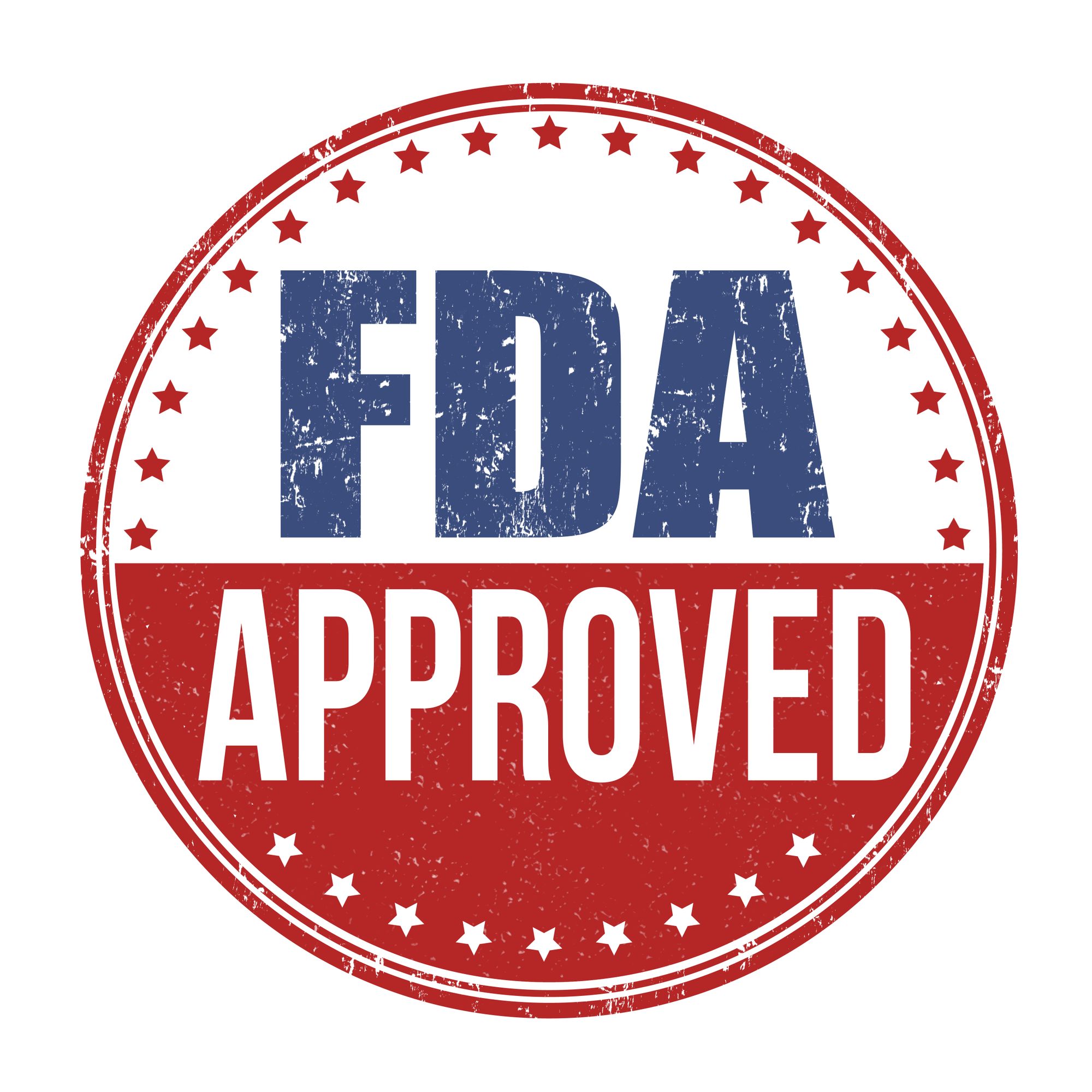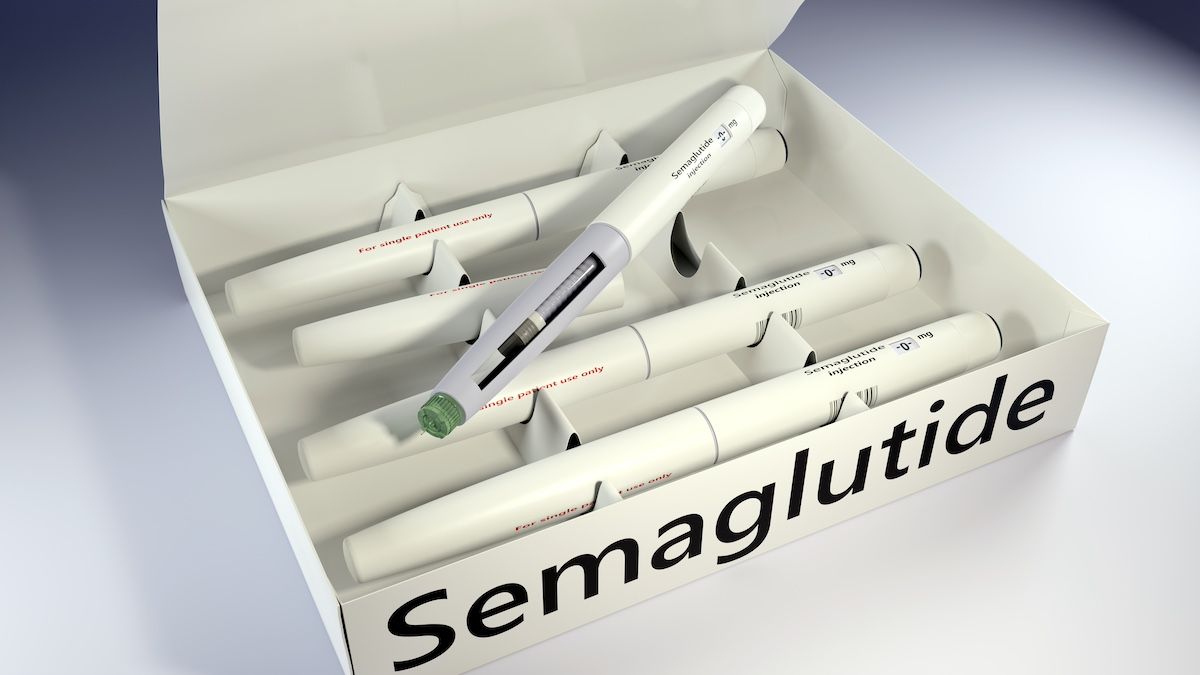Commentary
Video
New Hope for IgA Nephropathy With Atrasentan Approval: Richard Lafayette, MD, FACP
Author(s):
Richard Lafayette, MD, FACP, Stanford University Medical Center, explains the significance of this second approval in a month for proteinuria reduction.
On April 2, atrasentan (Vanrafia; Novartis) received an accelerated approval from the FDA for proteinuria reduction in primary immunoglobulin A (IgA) nephropathy, becoming the second “first and only” therapy approved for this purpose in the past month—following iptacopan (Fabhalta) for C3 glomerulopathy on March 20.1,2 This approval of the endothelin A receptor antagonist was based on a prespecified interim analysis of the phase 3 ALIGN study (NCT04573478), which is comparing the efficacy and safety of atrasentan vs placebo in patients with IgA nephropathy at risk of progressive loss of kidney function.
Discussing this approval with The American Journal of Managed Care®, Richard Lafayette, MD, FACP, professor of medicine, nephrology, and director, Glomerular Disease Center, Stanford University Medical Center, and Vanrafia ALIGN study investigator and steering committee member, said atrasentan is very well tolerated and expected to have “a very clinically favorable impact on progression.”
This transcript has been lightly edited for clarity; captions were auto-generated.
Transcript
What happens during primary IgA nephropathy, and why is this particular indication so significant?
What we have learned is that for patients with IgA nephropathy, there's typically been some reassurance from physicians that they're going to do well. But in fact, what we see is that year after year, more and more of those patients who are expected to do well start doing poorly and start heading inexorably toward kidney failure. And given some registry data recently from various parts of Europe, including the UK, data from the United States, we now know that patients who are deemed at risk with substantial proteinuria, more than 1 gram per day on average, have about a 50% risk of already needing dialysis or transplant within 10 years.
But even patients with more moderate proteinuria, just over half a gram per day, can also face a 1 in 3 chance of needing dialysis within 10 years. This is a disease that often exhibits itself in the late teens, early 20s, maybe to 30s, of years of life, and these patients have much longer than a decade of follow-up. As we follow these patients longer and longer, we're disappointed by more kidney failure.
Patients are presently facing poor outcomes without really successful interventions, and we need to really master how to use these interventions correctly, diagnose patients early, and we would stand a much better chance of providing them a life without kidney failure if we can do that.
What did the interim analysis results show in terms of primary and secondary outcomes?
In the phase 3 ALIGN study, patients with clinically significant IgA nephropathy were brought forward. They were randomized to best clinical practice plus placebo vs being treated with atrasentan, and the study was divided with this 9-month preliminary analysis for accelerated approval, which was successful. The main outcome there is really the reduction in proteinuria as compared with active treatment to placebo, and again, there was a very clinically important reduction of proteinuria of 38%, with only minor reduction in proteinuria in the placebo group. That net difference suggests a very, very strong likelihood that progressive kidney disease will be slowed, if not stopped, in some patients. That's really the primary outcome of the study; it's an effective antiproteinuric agent.
Secondary outcomes show that within subgroups, there really wasn't a difference in terms of response, in terms of degree of proteinuria, degree of GFR [glomerular filtration rate], and regional background. It looked to work very, very nicely across a broad section of relevant patients from Asia, US, Europe, South America—really looks to be a representative population.
Important, again, secondary evaluation is safety. Historically, endothelin-blocking agents could cause fluid retention, old-generation drugs could cause liver injury, but with this particular agent, which was tested in thousands of patients with diabetic kidney disease, we've seen it be very well tolerated overall. There weren't severe fluid retention issues; there was no heart failure, which is really important; there was no signal of any liver injury.
The key thing is that the medication was very, very well tolerated. Going forward in part B, we'll look at a 2-year experience to see how it impacts kidney function. But based on prior experiences, one would expect this to have a very clinically favorable impact on progression.





